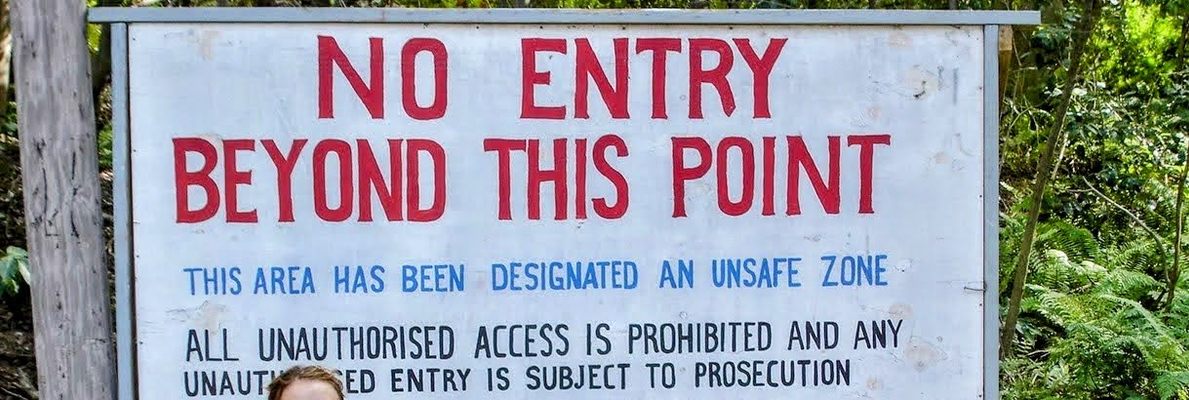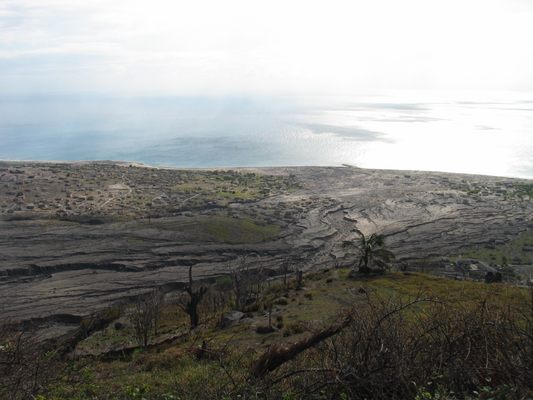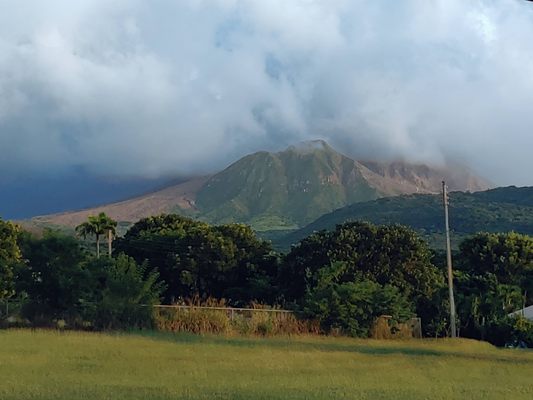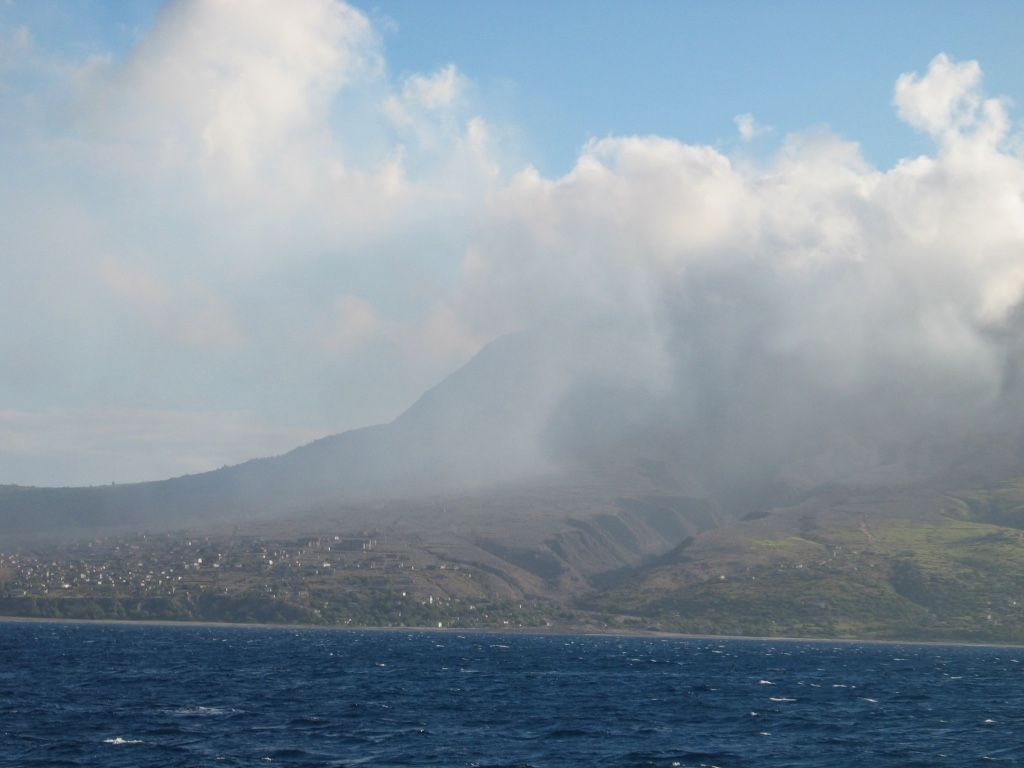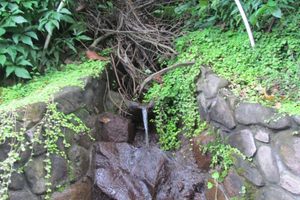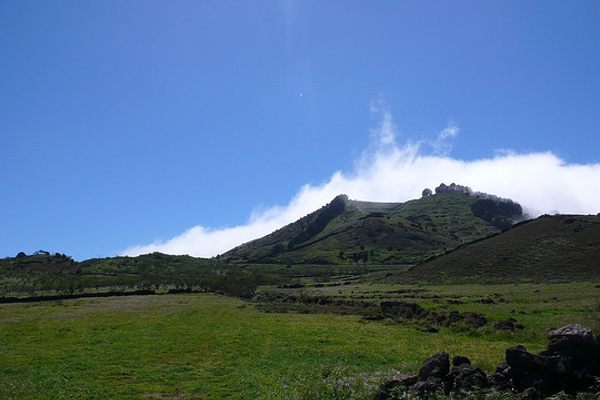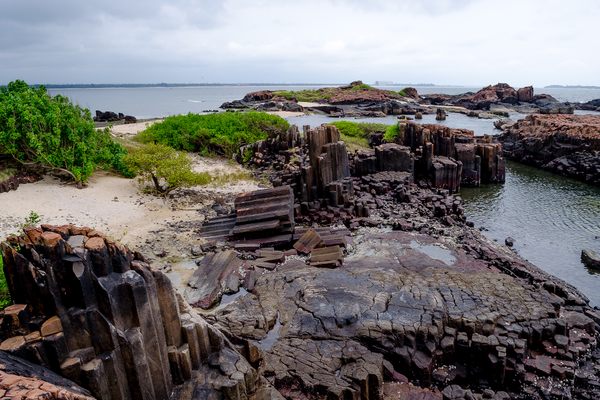About
As vacationers flew to the Caribbean on a Boeing 737 in 2010 they heard the pilot get on the intercom and calmly announce "Ladies and gentlemen, if you look to the left of the plane, you'll see a volcano erupting."
The volcano that they saw erupting and hurling a plume of ash into the sky was the Soufriere Hills volcano on the Caribbean island of Montserrat. The volcano has been doing just that, intermittently, for the last 15 years.
While we tend to think about volcanos as having short-lasting, devastating eruptions, many are very slow moving, operating on a much more geological time scale. So it is with the Soufriere Hills volcano, which – much to the horror of the island residents – has been taking its sweet time, and been in an active state of eruption since 1995.
When the previously quiet volcano began to erupt in 1995, the first eruptions since the 17th century, it sent lava flows and ash falls over the small island of Montserrat. The affected areas were evacuated and no one was killed. However, after people had resettled, the volcano went off again in 1997, this time killing 19. The volcano would continue to erupt and would destroy the capital city of Plymouth, the island's only port, and its only airport as well as cover the entire south side of the 10-mile-long island in a thick layer of ash. (Montserrat has had particularly bad natural-disaster luck, as 90 percent of the island's buildings had previously been damaged by 1989's Hurricane Hugo.)
With the ongoing eruption, the south side of the island was declared uninhabitable. Over half of the 12,000 people living on the island before the eruption have never returned since being evacuated. Those who have stayed live on the north side of the island and have rebuilt their port and airport.
The volcano is being closely studied by the Montserrat Volcano Observatory. Scientists believe that the volcano is made up of two large magma chambers stacked on top of each other, which may be causing the extended eruption.
The people of Montserrat live in the shadow of a continually active volcano, but despite the hardships that can bring, they persevere, developing the culture and economy of their beautiful island home with the cheerful determination they are famous for.
Within the last year, lava flows came down the south side of the mountain and reached the sea, while part of the lava dome collapsed sending a plume of ash 20,000 feet into the air. Just another day in Montserrat.
Related Tags
Community Contributors
Added By
Published
July 24, 2012








